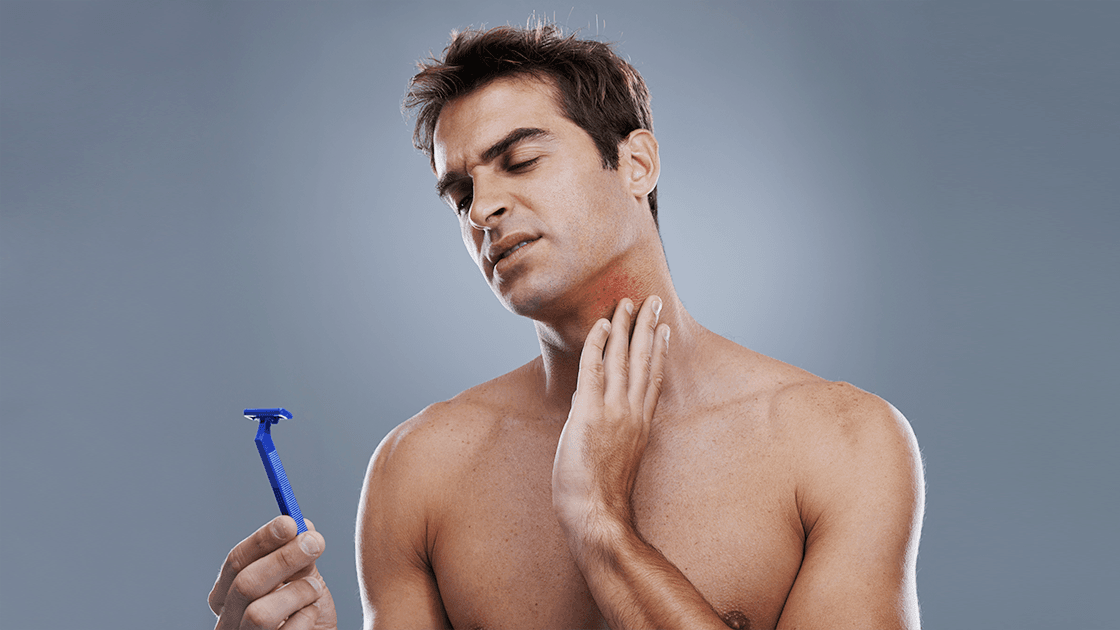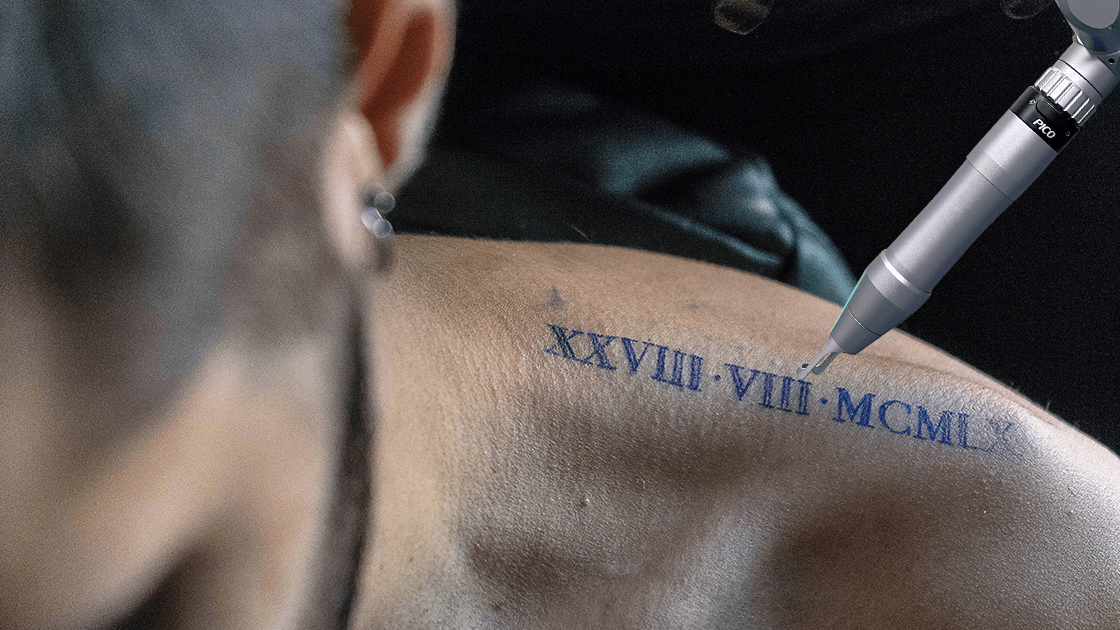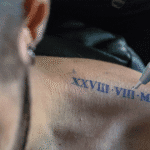Why Laser Hair Removal Can Be Uncomfortable
Laser hair removal is one of the most effective ways to permanently reduce hair growth, but for many, the discomfort associated with the procedure can be a significant deterrent. The discomfort primarily comes from the laser’s energy targeting the pigment in hair follicles. This energy is absorbed by the melanin, heating up and destroying the follicle to prevent future hair growth. While the process is efficient, the sensation of this heat pulse can range from a slight tingling to a more intense pinching feeling, depending on your pain tolerance and the area being treated. The pain can be more intense for individuals with more sensitive skin, darker hair, or those undergoing treatment in areas with denser hair follicles. Fortunately, there are several ways to make your session as comfortable as possible.
Effective Tips to Minimize Pain During Your Session
Numbing Creams and Gels
One of the most common ways to reduce pain during laser hair removal is by using a numbing cream or gel. These topical anesthetics work by desensitizing the skin and preventing the feeling of the laser pulses. Applying a numbing agent at least 20-30 minutes before your session can significantly reduce discomfort. Many clinics offer these products before treatments, but it’s always a good idea to check with your provider to ensure they’re included.
Cooling Systems
Many advanced laser devices, including those used for hair removal, come equipped with built-in cooling systems that actively cool the skin during the procedure. This can help in reducing the sensation of heat caused by the laser. The cooling mechanisms, such as contact cooling, air cooling, or cryogen spray, numb the skin at the surface, which helps to alleviate pain during the laser pulses.
Choosing the Right Settings
Modern laser hair removal machines are customizable for different skin types and pain tolerances. Adjusting the settings, such as energy levels and pulse duration, can reduce discomfort. For instance, a lower energy setting is gentler on sensitive skin but may take longer to achieve results.
Shave Before Your Appointment
Shaving is the best option before your session. Lasers target hair follicles below the surface, and short stubble allows the laser to focus on them precisely. Longer hair can deflect energy, causing more discomfort. Shaving also prevents irritation since the laser won’t contact hair above the skin.
Pre-Treatment and Post-Treatment Care for a Better Experience
Pre-Treatment Care
In the days leading up to your laser hair removal treatment, it’s essential to avoid sun exposure and tanning beds. Sunburned skin can be more sensitive and prone to adverse reactions during treatment. Additionally, refrain from using products that can irritate the skin, such as exfoliants or strong skincare treatments, as these can make the skin more sensitive.
Post-Treatment Care
After your session, it’s important to avoid hot showers, strenuous exercise, and sun exposure for at least 48 hours. Applying a soothing aloe vera gel or ice packs can help calm the skin and reduce redness. Over-the-counter anti-inflammatory creams can also be used to minimize swelling or irritation. Following these guidelines ensures you’ll experience minimal discomfort and optimal results from your treatment.
How Laser Hair Removal Technology Affects Pain
The key to making laser hair removal less painful lies in the technology itself. The Artemis Diode Laser, for example, utilizes a high-energy 810nm wavelength to effectively target the pigment in hair follicles while incorporating a dynamic cooling system. The cooling mechanism not only numbs the surface skin but also helps manage the intensity of the laser’s heat, resulting in a less painful experience. In addition, Artemis features a fast pulse duration and adjustable energy levels, allowing practitioners to tailor each session to an individual’s skin and pain tolerance, ensuring maximum comfort while maintaining effective results. The combination of cutting-edge laser hair removal technology and a personalized approach is key to reducing discomfort. As more clinics adopt advanced equipment like the Artemis Diode Laser, patients can expect a smoother and more comfortable hair removal experience.








